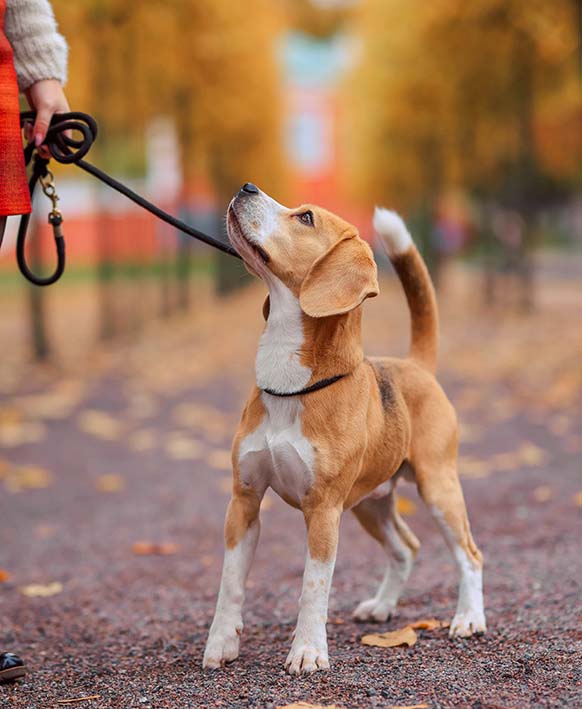Someone once asked me the question: How can she train her Labrador Retriever not to constantly bark at the neighbours’ dog through the fence. Her other problem is that when she walks with her dog in the street, he almost pulls her off her feet. He wants to get to and bark at every dog in the neighbourhood. These are problems that many people have to deal with with their dogs.
Let’s first address the first problem:
How to train a dog not to bark at the neighbours’ dog through the fence. That is a common problem because most dogs that live in a fenced area consider that area their property. They feel the need to protect it from anyone passing by, from dogs to postmen. It is not uncommon for dogs, big and small, to run up and down the fence barking at everyone. Now if the neighbours’ dog does the same, it will be more difficult to teach your dog not to do that.
Practical things to do to train your dog not to bark at the neighbour’s dog
First of all there are some practical things that you can do to make the whole process easier. These might be expensive, but it might also increase the value of your property. If there is a see-through fence, consider building a brick wall or vibacrete wall between your property and that of the neighbour. He might be willing to pay half of the cost. If the dogs do not see each other all the time, they won’t bark at each other all the time. Also consider putting in a doggy door so your dog have access to your house or garage all the time. I have that at my house and I find that the dogs enjoy my company much more than that of the neighbours’ dog. When I go out, they just lie in the house sleeping and waiting for me to return.
What else can you do in training your dog not to bark?
If you have done the above, you have set up your dog for success by reducing his exposure to the neighbours’ dog. Even if you have not done that, you can try the following to train him not to bark at the other dog. Get your clicker ready, get a lot of yummy treats ready and put your dog on a lead. Walk with your dog to the fence. The moment he starts pulling you and starts barking, turn around. You can call his name and “Come”. You don’t have to, but the moment he turns around to follow you and stops barking, click and give him a treat. Repeat that many times. It will take many sessions and many repetitions, but Retrievers are quick learners and normally they love food.
When you find you can walk with him right up to the fence without him pulling or barking, it is time to put him on a long lead. Walk with him in the yard. The moment he starts running to the fence, call him. If he turns around, click and treat him when he gets to you. If not, pull him in, let him sit in front of you, get his attention, click and treat.
Repeat these exercises every day and be consistent. When you start out with this training, do not even call him when he is off lead and you know the chances are that he will not respond to your call. When you have done the training and he consistently comes to you when he is on the long lead when you call him, you can test him when he is off lead. If he comes to you, even with the neighbours’ dog barking, click and give a big bonus and make a big fuss.
Go to the street
The same procedure can be followed when you walk in the street with him. When he starts pulling, do not carry on in the same direction trying to pull him back. Immediately change direction. If you carry on in the same direction, the dog is still winning, but if you change direction, he will soon realise that you are in control. Then reward him for following you in the new direction. Do not worry if you do not even make it to the end of the block the first day. Just be consistent and success will follow.



